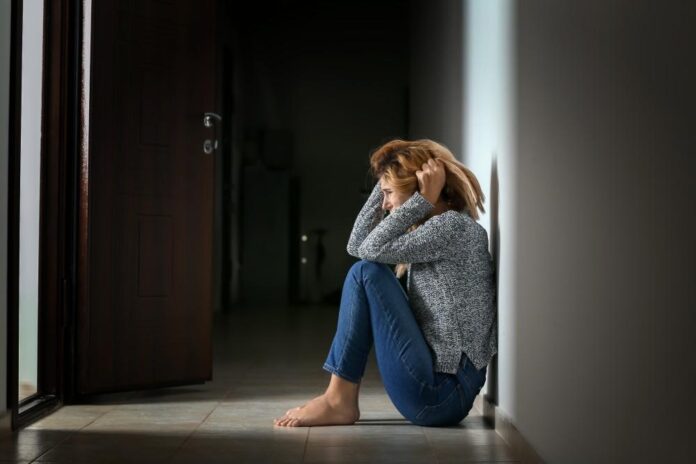Weird Phobias: Exploring the Strangest Fears
Introduction
Phobias are more than just fears; they are intense, irrational responses to certain objects, situations, or activities. While many people are familiar with common phobias like arachnophobia (fear of spiders) or claustrophobia (fear of confined spaces), there exists a realm of weird phobias that are both fascinating and perplexing. These bizarre fears can range from the fear of peanut butter sticking to the roof of your mouth to the fear of long words. In this article, we’ll dive into the world of weird phobias, exploring their causes, symptoms, and the impact they have on people’s lives.
Understanding Phobias
The Psychology Behind Phobias
Phobias are classified as anxiety disorders and are characterized by an excessive and irrational fear response. When someone with a phobia encounters their fear trigger, their body reacts as if they are in real danger, activating the fight-or-flight response. This intense reaction can be traced back to the brain’s amygdala, which processes fear and emotional responses.
How Phobias Develop
Phobias can develop through various pathways, including genetic predisposition, learned behaviors, and traumatic experiences. For instance, a person might develop a fear of dogs after being bitten by one as a child. Over time, this fear can become deeply ingrained, even if the individual rarely encounters dogs.
The Impact of Phobias on Daily Life
Living with a phobia can significantly affect a person’s daily life. It may limit their activities, influence their choices, and cause considerable distress. For example, someone with a fear of flying might avoid travel altogether, while a person with a fear of heights might struggle with everyday tasks like climbing stairs or using an elevator.
Common Phobias vs. Weird Phobias
Definition of Common Phobias
Common phobias, such as acrophobia (fear of heights) or agoraphobia (fear of open spaces), are widely recognized and often discussed in both medical literature and popular culture. These phobias typically have clear triggers and are understood by most people.
Definition of Weird Phobias
Weird phobias, on the other hand, are less common and often evoke curiosity or amusement due to their unusual nature. These phobias can involve unique and specific fears that might seem irrational or bizarre to others.
Why Weird Phobias Fascinate Us
Weird phobias captivate our attention because they highlight the complexity of the human mind. They challenge our understanding of fear and anxiety, revealing just how diverse and individualized our experiences can be. Additionally, they often lead to humorous or intriguing anecdotes that are shared and discussed widely.
Top 10 Weird Phobias
Hippopotomonstrosesquipedaliophobia: Fear of Long Words
Imagine the irony of being afraid of long words and having to pronounce “hippopotomonstrosesquipedaliophobia” to describe your fear. This phobia is a prime example of how irrational and self-referential fears can be.
Arachibutyrophobia: Fear of Peanut Butter Sticking to the Roof of Your Mouth
While it might sound amusing, arachibutyrophobia can cause genuine distress. Sufferers may avoid peanut butter entirely or experience anxiety when eating sticky foods.
Nomophobia: Fear of Being Without Mobile Phone Coverage
In our tech-dependent world, nomophobia is becoming increasingly common. The fear of losing mobile phone connectivity can lead to anxiety and obsessive behavior.
Xanthophobia: Fear of the Color Yellow
Xanthophobia, the fear of the color yellow, can cause individuals to avoid yellow objects, clothing, and even foods. This phobia can significantly impact a person’s daily life and choices.
Turophobia: Fear of Cheese
Cheese lovers might find it hard to believe, but turophobia is a real and distressing condition for those who have it. The sight, smell, or taste of cheese can trigger intense fear and anxiety.
Ombrophobia: Fear of Rain
Ombrophobia can cause individuals to avoid going outside when rain is forecasted. This phobia can limit outdoor activities and lead to feelings of isolation during rainy seasons.
Globophobia: Fear of Balloons
The fear of balloons, known as globophobia, often stems from the fear of balloons popping. This phobia can make celebrations and parties a source of anxiety rather than joy.
Ephebiphobia: Fear of Teenagers
Ephebiphobia is the fear of teenagers or adolescence. This phobia can lead to avoidance of places where teenagers gather and can affect social interactions and relationships.
Chorophobia: Fear of Dancing
Chorophobia, or the fear of dancing, can prevent individuals from participating in social events like weddings and parties. This phobia often stems from a fear of embarrassment or judgment.
Ablutophobia: Fear of Bathing
Ablutophobia, the fear of bathing, can lead to severe hygiene issues and social isolation. It often requires professional intervention to manage and overcome.
Exploring the Causes of Weird Phobias
Genetic Factors
Genetics can play a role in the development of phobias. If a close family member has a phobia, there is a higher chance that you might develop one as well.
Environmental Influences
Environmental factors, such as growing up in a fearful or traumatic environment, can contribute to the development of phobias. Witnessing or experiencing a traumatic event can leave lasting impressions that manifest as phobias.
Traumatic Experiences
Traumatic experiences, such as accidents, injuries, or emotional trauma, can trigger the onset of phobias. These experiences can create strong associations between the traumatic event and specific objects or situations.
Symptoms of Weird Phobias
Physical Symptoms
Phobias can cause a range of physical symptoms, including sweating, trembling, rapid heartbeat, and shortness of breath. These symptoms are part of the body’s fight-or-flight response to perceived danger.
Emotional Symptoms
Emotional symptoms of phobias include intense fear, anxiety, and panic. Individuals may also experience feelings of helplessness and a strong desire to avoid the phobia trigger.
Behavioral Symptoms
Behavioral symptoms involve actions taken to avoid the phobia trigger, such as avoiding certain places, objects, or situations. These avoidance behaviors can significantly impact a person’s lifestyle and routine.



